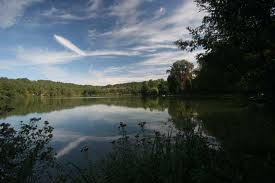Mummy: The dead body of a human or animal that has been embalmed and prepared for burial, as according to the practices of the ancient Egyptians.
Embalm: To treat (a corpse) with preservatives in order to prevent decay.
Dissect:To cut apart or separate (tissue), especially for anatomical study.
Cryonics: The process of freezing and storing the body of a diseased, recently deceased person to prevent tissue decomposition so that at some future time the person might be brought back to life upon development of new medical cures.
Transgression: A violation of a law, command, or duty.
In which parts of the world have mummies been found?The oldest mummies have been found in northern Chile near Arica, next to the Atacama desert. Some other places where mummies have been found include Egypt and China.
In which types of places (physical geography & climate) have mummies been found?Mostly desert areas, with very dry climates. These help preserve the bodies. However, mummies have also been found in frozen climates high up in the mountains. This also kept the body safe.
How did Ancient Egyptians preserve their dead?The Egyptians used mummification, which was a process of preserving and embalming their bodies preparing them for the afterlife.
Why do you think ancient Egyptians took such care to embalm their dead if the desert could do the job for them?They probably didn't know how to use their natural environment correctly, and weren't such an advanced civilization to know that freezing or drying a body would preserve it in the same way.
What features of the natural environment can cause bodies to be mummified unintentionally?
Very hot, dry climates can cause bodies to be mummified, since it dries the body. Also, cold, freezing climates preserve mummies very well, if it lays undisturbed. Some mummies have also been found in swamps and bogs, which preserve the body equally well.
According to current scientific beliefs, what are some reasons people were intentionally mummified?The Egyptians wanted to prepare the corpses of dead people for the afterlife, so therefore they preserved the bodies, and mummified them intentionally.
Questions about unknown region
What remains of the past have been found in or close to this location?

2. What climate does this region have?
3. What type of culture does this region have?
4.Does this place have any previous connections to mummies, or preserving bodies?

5. What main history does this region have?
Source:
http://www.thefreedictionary.com/






 2. What are some of the reasons mummies have been made?
2. What are some of the reasons mummies have been made?
 2. What climate does this region have?
2. What climate does this region have? 5. What main history does this region have?
5. What main history does this region have?